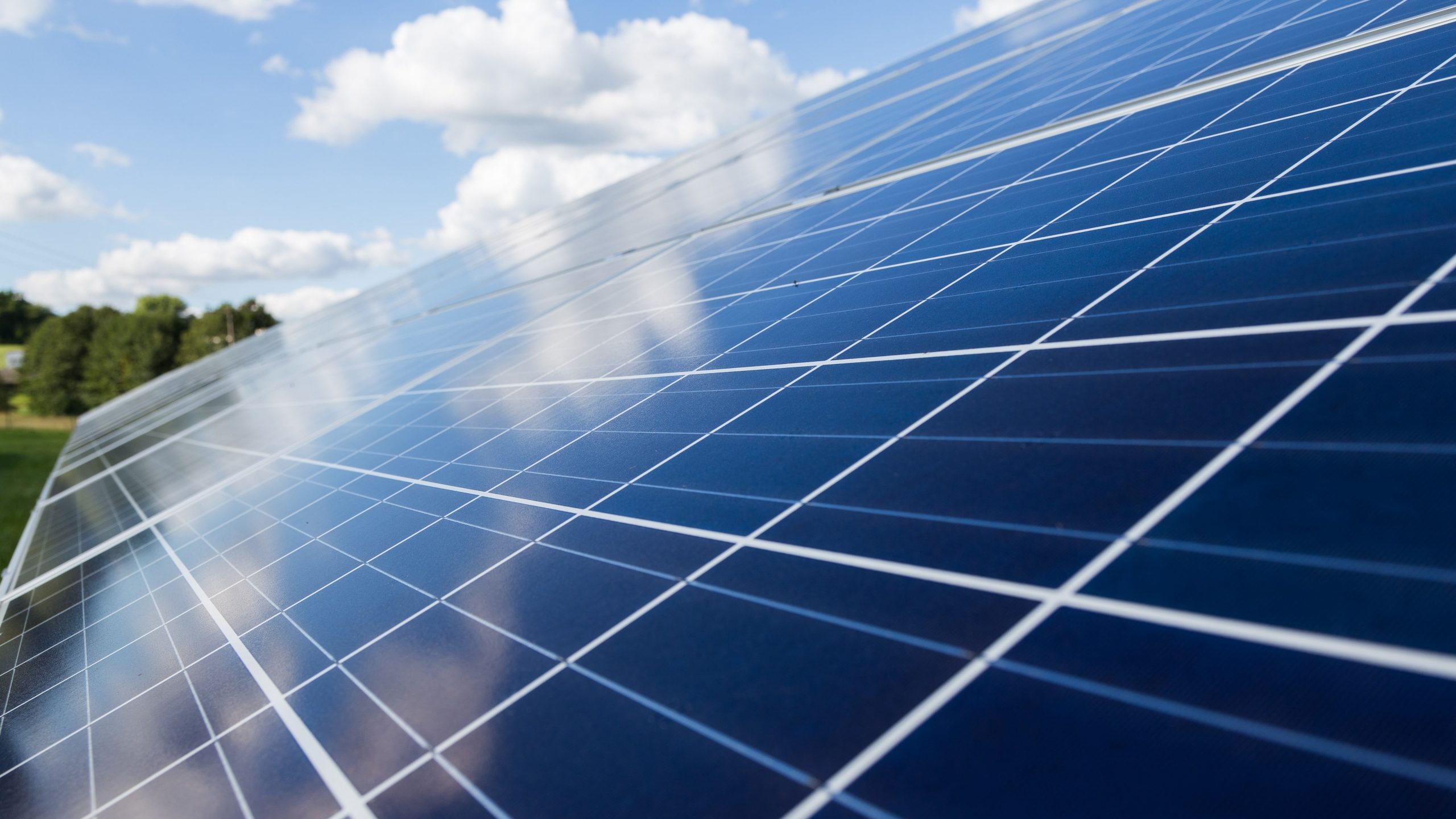At the end of 2019, the power of the photovoltaic solar panels installed in Belgium was 4.8 GW-crete, the equivalent of 5 nuclear reactors.
However, a solar panel has a significantly lower annual charge rate (i.e. the number of hours accumulated at full power). It is indeed about 1000 hours. Of the 8,760 hours in a year, that means a panel is running at full power for just over 10% of the time.
On the other hand, although the panels cannot be constantly well oriented with respect to the sun knowing that the earth turns on itself and that the sunshine is rarely at its maximum, they actually provide energy during 50% of the time. Indeed, even very weakly, a solar panel always produces energy as soon as there is daylight, except of course if the panel is covered with snow.
Going back to our number of panels, knowing that a panel has an average power of 275 Wp (200-250 10 years ago and 300-350 currently), 4.8 GWp represents a total of 17.5 million panels or 1.5 panels inhabitant.
All these panels produce a quantity of energy equal to 4.3 TWh (4,300,000,000 kWh) over a year, representing 6% of the 80 TWh of Belgian electricity consumption.

